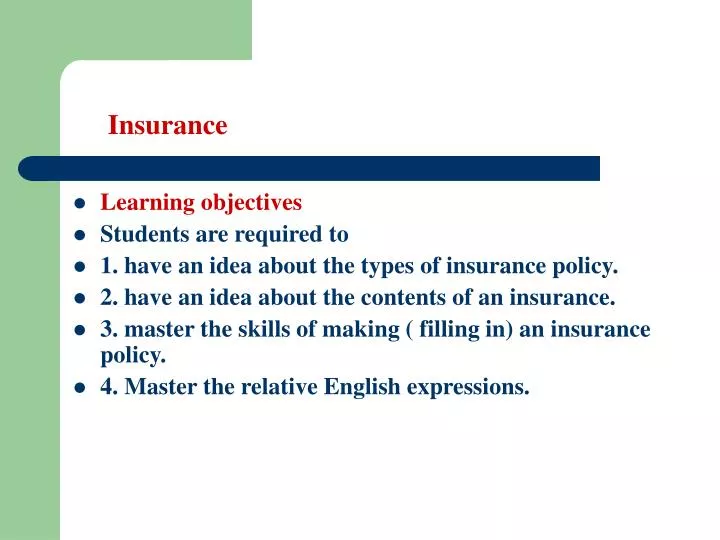Pacific Prime Fundamentals Explained

This decrease of practically 2 million in the number of individuals 'without insurance coverage (a reduction of about 4 percent) is absolutely a positive adjustment. With a softer economic climate in 2000 the most up to date reported gains in insurance protection may not proceed (Fronstin, 2001) (international travel insurance). The decrease in the number of without insurance will not continue if the economic climate remains slow-moving and healthcare prices remain to outmatch inflation
This is since the information were collected for a period of solid financial performance. Of the approximated 42 million individuals who were uninsured, almost concerning 420,000 (about 1 percent) were under 65 years of age, the age at which most Americans end up being eligible for Medicare; 32 million were adults in between ages 18 and 65, about 19 percent of all grownups in this age; and 10 million were youngsters under 18 years of age, regarding 13.9 percent of all youngsters (Mills, 2000).
These estimates of the variety of individuals without insurance are generated from the yearly March Supplement to the Current Population Study (CPS), performed by the Demographics Bureau. Unless or else noted, national quotes of people without medical insurance and proportions of the population with various kinds of protection are based upon the CPS, one of the most widely made use of source of estimates of insurance coverage and uninsurance prices.
The 3-Minute Rule for Pacific Prime

Still, the CPS is particularly beneficial since it creates annual estimates fairly promptly, reporting the previous year's insurance policy coverage estimates each September, and due to the fact that it is the basis for a consistent set of estimates for greater than two decades, permitting analysis of trends in insurance coverage with time. For these reasons, along with the comprehensive usage of the CPS in other research studies of insurance coverage that exist in this report, we count on CPS estimates, with constraints noted.

The price quote of the number of without insurance people increases when a population's insurance policy standing is tracked for a number of years. Over a three-year period starting early in 1993, 72 million individuals, 29 percent of the united state populace, were without coverage for at the very least one month. Within a single year (1994 ), 53 million individuals experienced a minimum of a month without protection (Bennefield, 1998a)
Six out of every ten uninsured adults are themselves used. Functioning does improve the chance that one and one's family participants will have insurance policy, it is not an assurance. Even participants of families with two full-time breadwinner have practically a one-in-ten opportunity of being uninsured (9.1 percent without insurance rate) (Hoffman and Pohl, 2000).
Pacific Prime Things To Know Before You Get This
New immigrants represent a substantial percentage of individuals without health insurance policy. One evaluation has associated a substantial portion of the recent growth in the dimension of the united state without insurance population to immigrants who showed up in the nation between 1994 and 1998 (Camarota and Edwards, 2000). Recent immigrants (those who involved the United States within the previous 4 years) do have a high price of being without insurance (46 percent), but they and their children account for just 6 percent of those without insurance policy across the country (Holahan et al., 2001).
The relationship in between medical insurance and accessibility to care is well developed, as recorded later on in this phase. The connection in between health and wellness insurance policy and wellness end results is neither straight neither basic, a considerable clinical and wellness solutions research study literary works links wellness insurance policy coverage to improved access to care, far better top quality, and enhanced individual and population health status.
Degrees of evaluation for examining the impacts of uninsurance. It focuses particularly on those without any wellness insurance coverage for any length of time.
All about Pacific Prime
The problems faced by the underinsured are in some areas similar to those dealt with by the uninsured, although they are generally less severe. Health insurance policy, nonetheless, is neither needed nor sufficient to get access to clinical solutions. The independent and direct result of health insurance policy protection on access to wellness services is well established.
Others will obtain the healthcare they need also without health insurance, by spending for it out of pocket or seeking it from service providers who supply treatment complimentary or at highly subsidized prices. For still others, wellness insurance coverage alone does not make certain receipt of treatment as a result of various other nonfinancial obstacles, such as a lack of wellness care providers in their neighborhood, limited accessibility to transport, illiteracy, or linguistic and social differences.
Excitement About Pacific Prime
Formal research study regarding without insurance populations in the United States dates to the late 1920s and early 1930s when the Board on the Expense helpful resources of Treatment produced a series of records concerning funding physician workplace visits and hospitalizations. This problem became significant as the numbers of medically indigent climbed throughout the Great Anxiety.